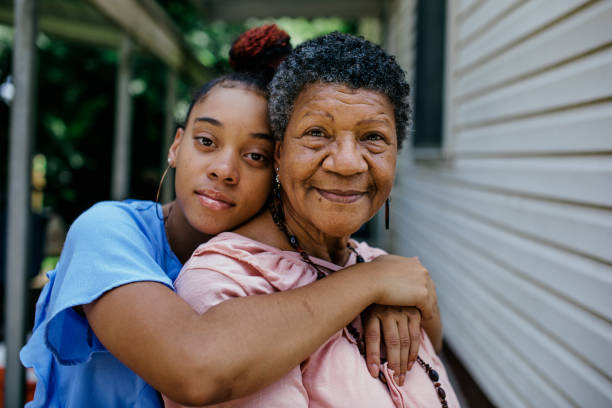
A noninvasive method of screening for endometrial cancer often fails to detect signs of it in Black women, a new study says. The researchers found that the transvaginal ultrasound (TVUS) endometrial thickness screening missed over four times more cases of endometrial cancer among Black women than white women. This is because Black women are more likely to have fibroids and other non-endometrial growths, according to the researchers.
On average, 80 percent of Black women will have fibroids by the age of 50 compared to 70 percent of white women, according to McLeod Health.
Authors say these findings raise questions of rather or not TVUS should be used to determine the need for a biopsy in patients.
“Black women have an over 90 percent higher [death] rate after diagnosis of endometrial cancer when compared with white women in the U.S.,” lead researcher and gynecologic oncologist with the University of Washington School of Medicine Dr. Kemi Doll says. “This is a long-standing disparity that we have yet to make meaningful progress to address.”
She notes that other research has focused on evaluating access to health care, while this study aimed to evaluate screening guidelines.
Endometrial cancer begins in the cells that form the lining of the uterus, known as the endometrium. Endometrial cancer is the fourth most common cancer in the United States, with nearly 62,000 newly diagnosed cases and more than 12,000 deaths in 2019.
Black women have a higher risk of death from endometrial cancer because they’re more likely to be diagnosed at advanced stages and to have high-risk cancer.
“TVUS is a procedure in which an ultrasound probe is inserted into the vagina to thoroughly examine the female reproductive organs. The exam looks at the thickness of the endometrium. Cancer is suspected and a biopsy is usually scheduled if the lining








